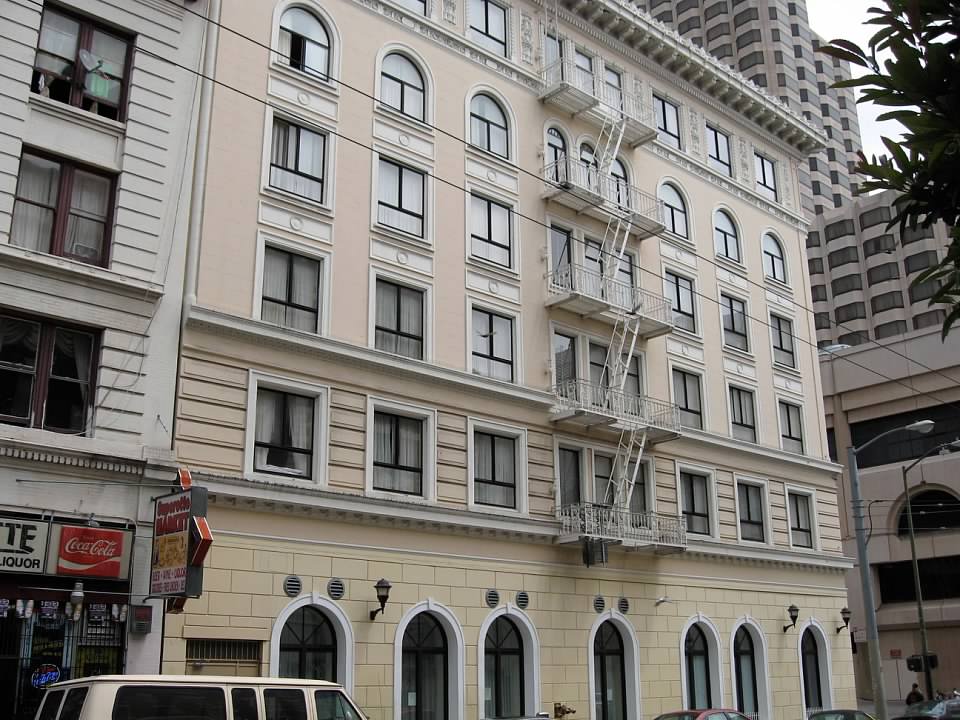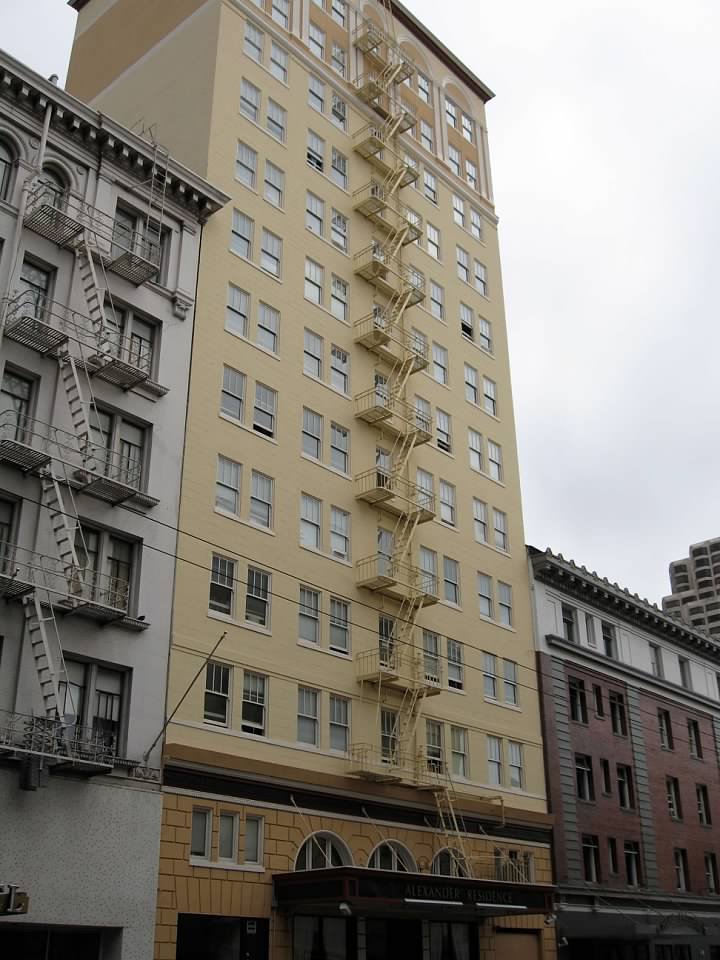San Francisco's Tenderloin is the classic example of these issues.
 https://www.quora.com/What-streets-d...-San-Francisco
https://www.quora.com/What-streets-d...-San-Francisco
Historically, it was a neighborhood of older apartment buildings (1920s/30s and earlier) and "single room occupancy" hotels renting rooms by the month, often with common bathrooms down the hall and no cooking facilities in the rooms (except maybe a microwave if the tenant bought one). But these weren't necessarily slums. Hauntedheadnc like to rag on older people and actually that's who these building served in large part--people like retired seamen and single blue collar workers, living on modest pensions or social security.
But the area borders directly on the Union Square shopping district where one finds the likes of Cartier and Gucci and Saks and Nieman's and their brethren. So it's packed with tourists and hotels serving them and the area began to expand outward into the Tenderloin in the mid 20th century.
San Francisco's response, in order to preserve the housing for low income people (who at that time were not so much "homeless" as long as they had these homes nor were they drug users for the most part though many spent a lot of time in the area's still-interesting "dive bars"), was to pass a couple of ordinances, one limiting heights in the area to 8-12 floors and another banning conversion of hotels renting room by the month to ones renting rooms by the night. That pretty much ended the invasion of the area by new high rise tourist hotels.
But then the city did something bad: It started locating nearly all soup kitchens, drug rehab centers and eventually homeless shelters in the neighborhood, converting it ultimately from a stable low income neighborhood to a "combat zone".
However San Francisco also has ordinances that require new market rate development to include "affordable" housing, on or off site or for the developer to pay into a fund for the city to develop low income housing. So there continued to be lots of funds for new lower income housing and a lot of it was spent in the Tenderloin, on both new buildings and rehab of old ones. So the area today has a surprising number of new or nicely rehabbed buildings in spite of having streets crowded with homeless tents and lounging people with needles protruding from their arms. It's something of a paradox. And the city continues to put all the sorts of facilities its richer citizens don't want in their neighborhoods there.
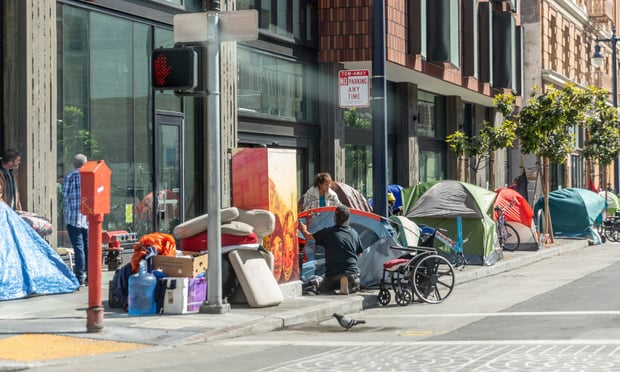 https://www.law.com/therecorder/2020...20210816171031
https://www.law.com/therecorder/2020...20210816171031
Here's an example of the sorts of new "low income" housing being built in the Tenderloin:
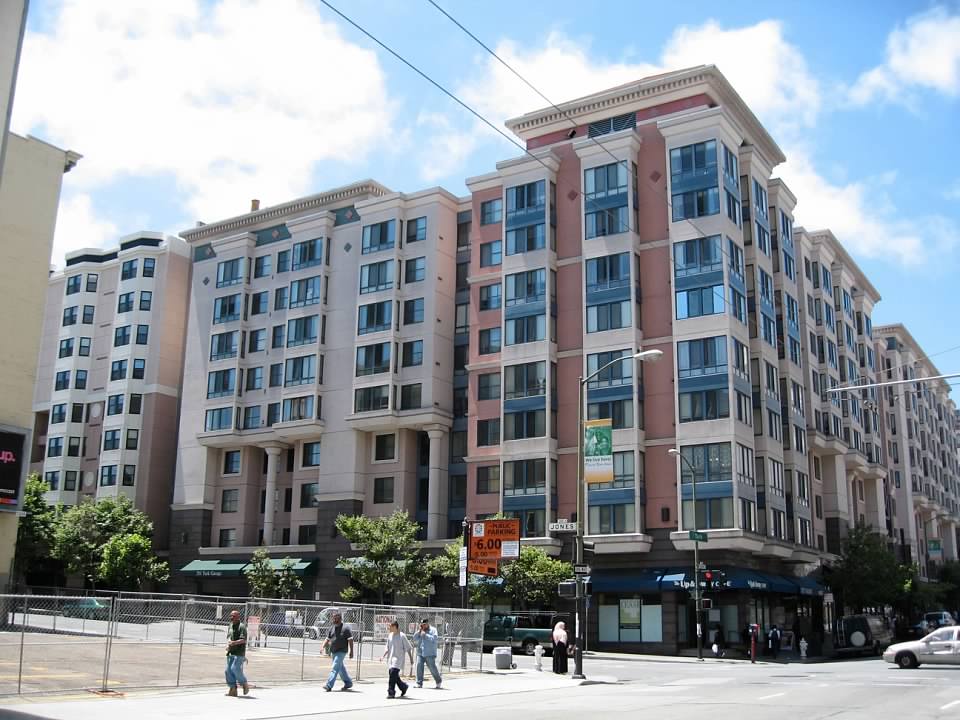
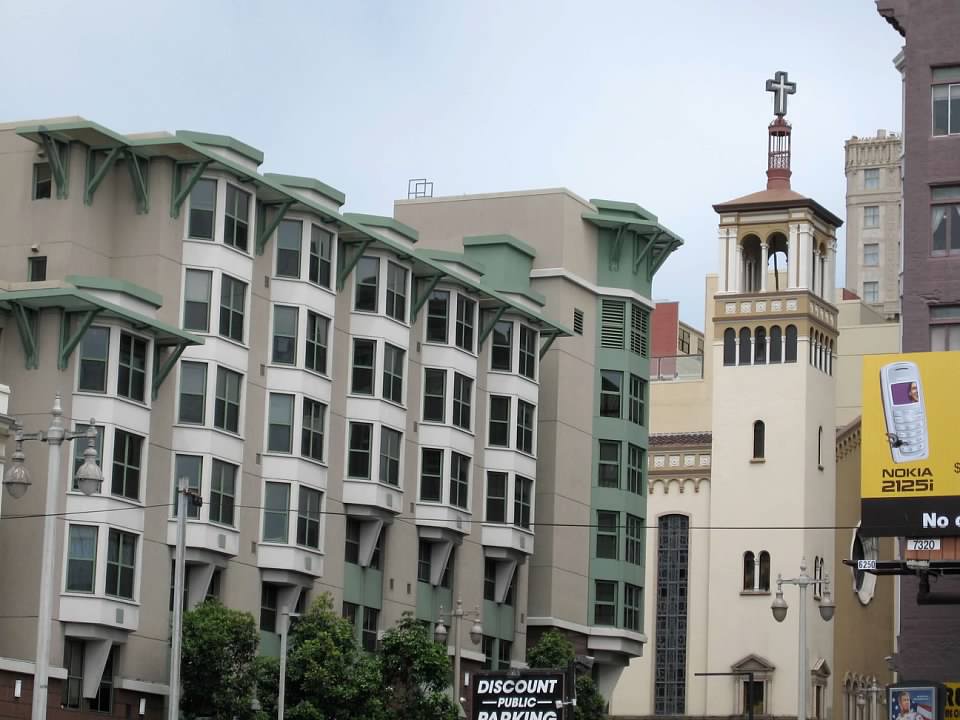
and these are renovated buildings:
